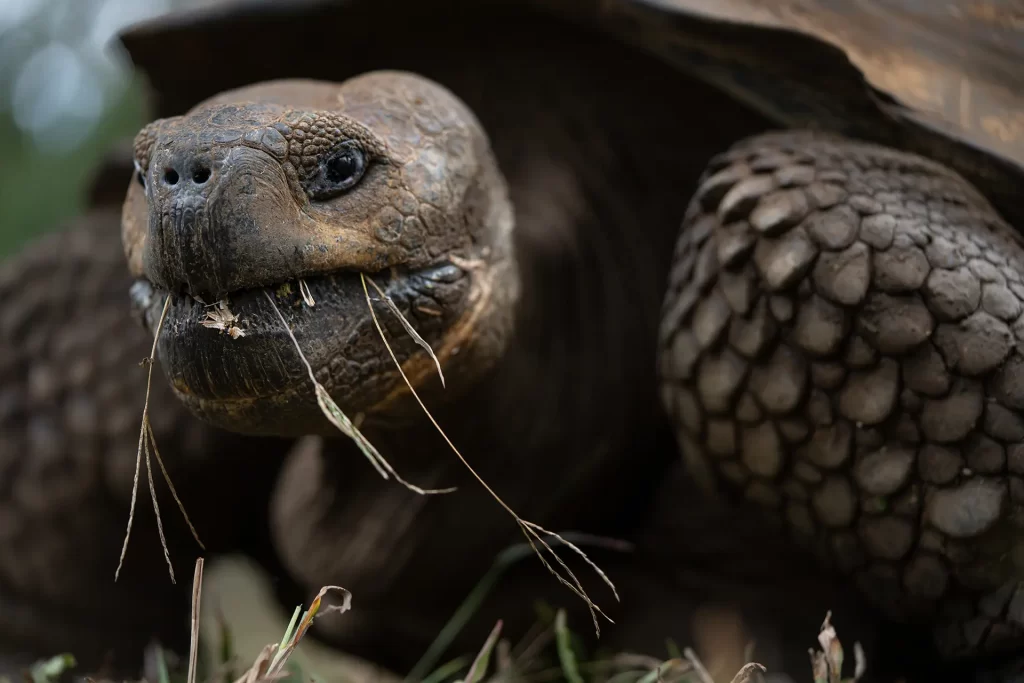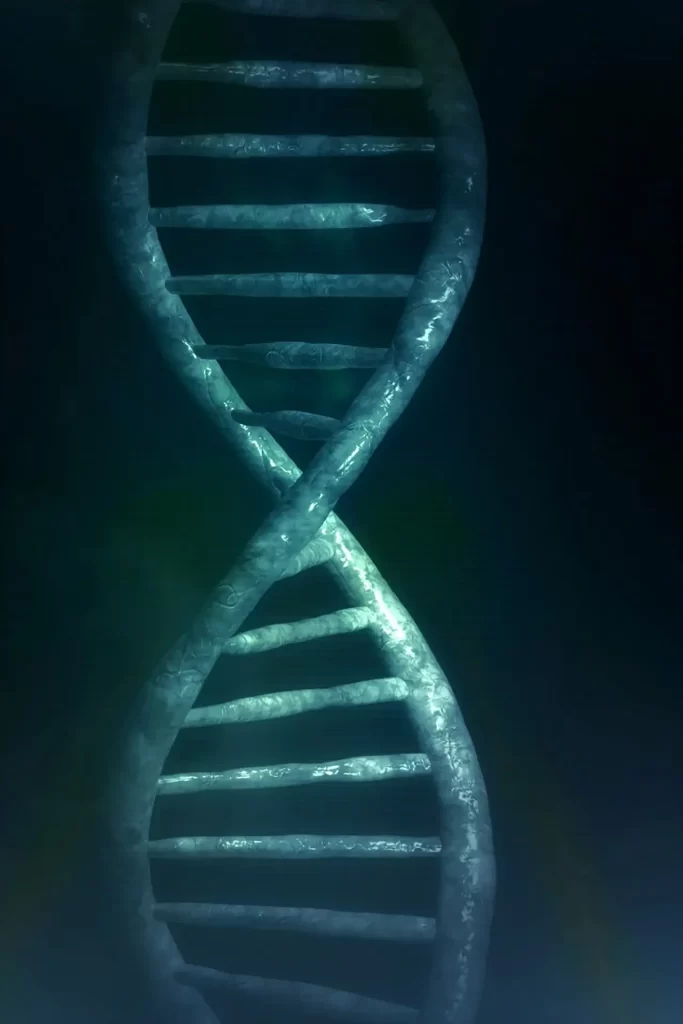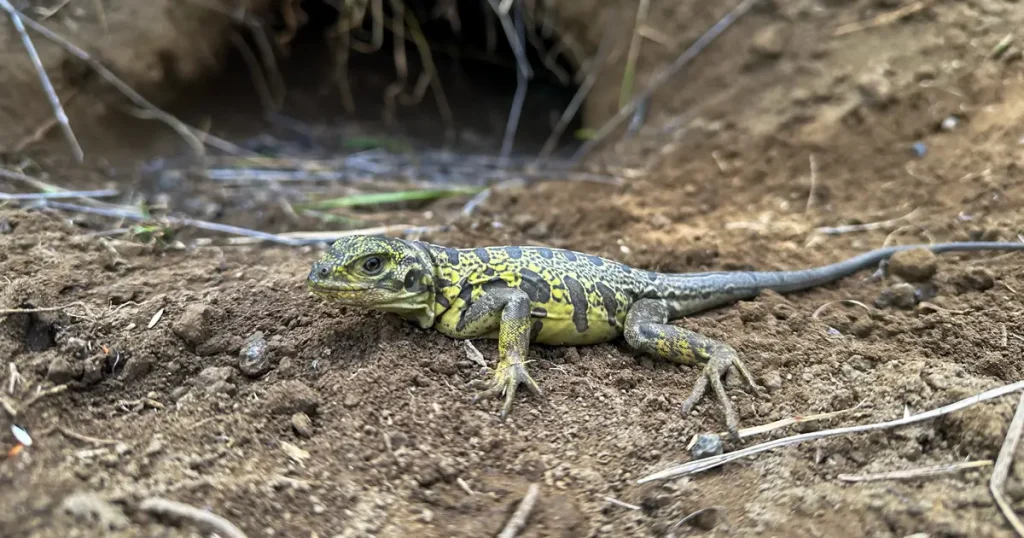Tortoise DNA – Implications for Conservation

Critical research into the taxonomy of Galápagos giant tortoises, funded by Galápagos Conservancy, is currently being conducted by geneticists at Princeton, Newcastle, Oxford, and Yale universities, as well as several other institutions. This international team is tackling a 300-year-old dilemma: Are the giant tortoises whose populations are scattered across the volcanoes and islands of Galápagos all of a single species or many different species?
This question has been debated for centuries. Given tortoises arrived in the archipelago and spread across its islands and volcanoes over only the last few million years (a “wink of an eye” in evolutionary time), they represent a relatively young evolutionary radiation. In other words, they may not have had enough time to mature into separate species. On the other hand, several populations have been separated by ocean for over a million years and based on their differences in size, shape, and behavior, seem to have become quite different creatures that may well be unable to breed together even if they could reach one another.
Galápagos Conservancy is funding this research because answering the question is key to understanding how we best go about conserving the giant tortoises of Galápagos. The issue is, how do decision-makers decide where to invest their efforts in conserving tortoises if they don’t know what is being protected? If, for example, all tortoises are members of a single species, then having a few robust populations somewhere in the archipelago is sufficient to “save the species,” a view taken by many biologists today and increasingly embraced by the International Union for the Conservation of Nature. But, if every tortoise population on every island and volcano represents a unique species, then all should be protected equally, a view long taken by the Galápagos National Park Directorate and many conservationists.
The international team recently published preliminary outcomes of their investigation, the title of which foreshadows their key finding: “Whole-genome sequencing confirms multiple species of Galápagos giant tortoises.” The team managed to sequence the entire genome of 38 tortoises from all 13 populations present today (and even a few that are functionally extinct, using DNA harvested from museum specimens). They found strong evidence that Galápagos giant tortoises belong to as few as five and as many as 13 species, depending on how rigorously they parsed the data.
However, the real picture is more nuanced than simply “single or many” species. Because the tortoises are relatively recent arrivals to Galápagos, each island and volcano represents a different stage in the process of speciation, with some taxa further along in that evolutionary process than others. Consider, for example, an Española tortoise (small, flat, saddle-backed, and sedentary) and an Alcedo Volcano tortoise (large, round, and migratory), separated from each other for at least a million years and clearly different species. Others, though, are still in the process of splitting, such as all the tortoises scattered across the volcanoes large and small on southern Isabela Island — tortoises virtually indistinguishable from one another in size, shape, and behavior.

The key takeaway is that the giant tortoises of Galápagos cannot be considered a single species, and regarding them as such is dangerous for conservation. This finding provides further foundation and justification for the Government of Ecuador to continue its efforts to protect and restore giant tortoises “islandby-island” and “volcano-by-volcano.” Such an approach aims to save the entire swath of diversity and evolutionary history represented in the giant tortoise dynasty of Galápagos, which together represent the highest concentration of tortoise diversity on Earth.



